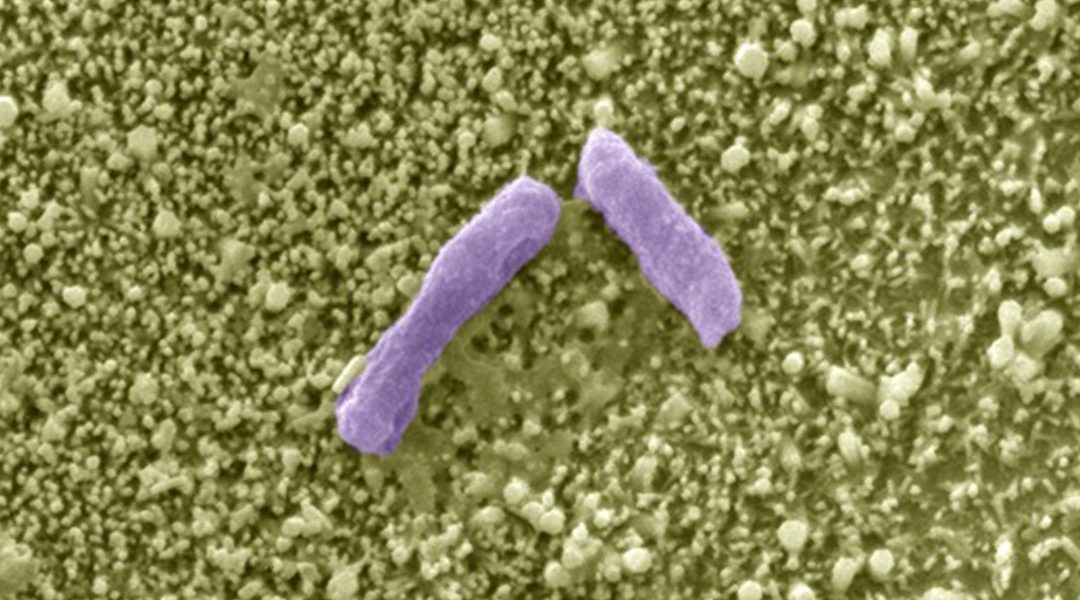Most surfaces are covered in a rich plethora of microorganisms, from the skin on fruit and vegetables to the surfaces in a hospital ward. Contamination of humans with pathogens can cause illness, and even death. Detecting and quantifying microorganisms in real time on solid surfaces before infection would be advantageous.
In their article in Advanced Function Materials, Dr. Khashayar Ghandi and colleagues from Mount Allison University, Canada, develop novel solid-state microbial sensors based on ZnO nanorod arrays, and show that the size, shape, and order of the nanorods can be influenced by tuning the forces of gravity and magnetism.
ZnO nanoparticles were grown on an indium-doped tin oxide (ITO)-coated glass surface with or against gravity, and with or without a magnetic field. The direction of the magnetic and gravity fields were shown to affect the resulting nanorod dimensions and morphologies.
Dr. Khashayar Ghandi: “We have managed to develop these different morphologies by variation of the magnetic field vector with respect to the gravity vector and the growth vector of the nanorods on a substrate. By these changes, we managed to make different nanodevices that change electrical properties when different types of microbes—and with different concentrations of them—grow on them.”
Nanorods of different dimensions were used to detect E. coli (Escherichia coli) over time, revealing that smaller nanorods are the most sensitive to bacterial growth. The ZnO nanorod surfaces limit bacterial growth and improve detection of bacteria on a surface.
Dr. Khashayar Ghandi: “This development not only is important for the health industry, but also the fact that we provided an understanding of the effect of the magnetic field and gravity vector to change the morphology of the nanostructures provides information that can be used for a wide variety of nanotechnology.”
To find out more about these microbial sensors based on ZnO nanorod arrays, please visit the Advanced Functional Materials homepage.

















